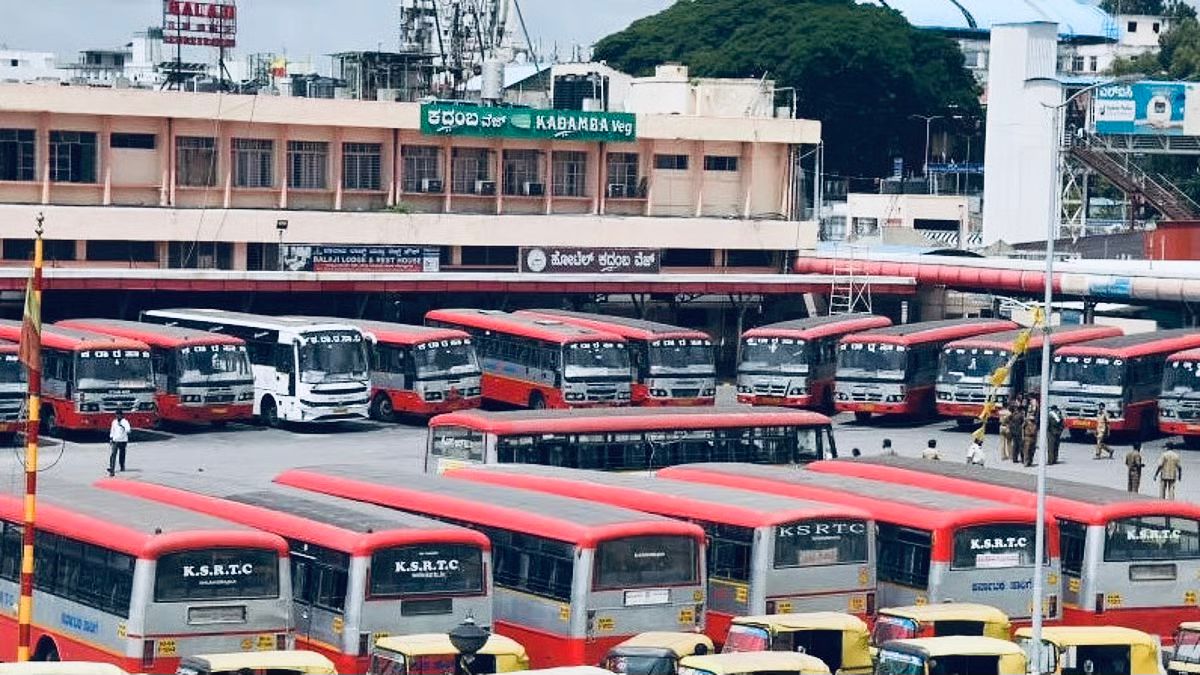Now Reading: Newborn Carried Through Filthy Floodwaters in Prayagraj Sparks Outrage Over Urban Neglect
-
01
Newborn Carried Through Filthy Floodwaters in Prayagraj Sparks Outrage Over Urban Neglect
Newborn Carried Through Filthy Floodwaters in Prayagraj Sparks Outrage Over Urban Neglect

A video from Prayagraj has shaken the internet and reignited conversations about urban apathy and infrastructure failure. In the clip, a man is seen wading through knee-deep, garbage-filled floodwater while cradling a newborn wrapped in a cloth. The distressing scene has left many asking—how did we reach a point where bringing a baby home becomes a life-risking act?
What the Video Shows
Shot in the Kareli area of Prayagraj, the viral video shows the man carefully navigating a flooded street overflowing with plastic waste, mud, and sewage. The baby, swaddled tightly, is held aloft to keep it safe from the water. People around him are seen struggling to walk through the submerged road. There’s no boat, no official rescue team, no infrastructure—just survival instincts.
The video, widely shared on social media, has drawn widespread concern and anger, especially from residents in Tier 2 and Tier 3 cities who often face similar neglect during monsoon season.
A Grim Reminder of Civic Failure
Prayagraj isn’t new to flooding, especially during heavy rainfall. Yet, what the video exposes is the chronic lack of drainage, poor waste management, and almost non-existent emergency response in such areas. The fact that a family had to carry a newborn through garbage-strewn floodwaters is not just tragic—it’s preventable.
Residents have repeatedly complained about clogged drains, uncollected garbage, and poor sanitation facilities. With the civic body struggling to maintain basic infrastructure, locals often feel left to fend for themselves.
Why This Resonates Beyond Prayagraj
This isn’t just a local issue. Cities like Patna, Bhopal, Raipur, and even parts of Nagpur witness similar scenes every monsoon. Overflowing drains, untreated waste, and waterlogged roads are not rare. In most Tier 2 cities, people have become used to wading through floodwater. But involving infants? That hits a nerve.
The visual speaks volumes about how public health and safety often fall through the cracks of bureaucratic delays and budget constraints. It also raises concern about the risks of infections, especially for vulnerable individuals like newborns.
The Bigger Question
Who is responsible when citizens are left to navigate life-threatening situations due to poor civic planning? The video may fade from timelines in a few days, but for the family in the clip and many others like them, the trauma remains.
Conclusion
What happened in Prayagraj is more than a viral video—it’s a reminder that urban development must go beyond cosmetic fixes. As cities grow, the basics—clean roads, working drainage, and rapid emergency response—must not be negotiable. This incident has pulled back the curtain on an uncomfortable truth: India’s urban poor continue to pay the price for the system’s neglect, and this time, it was a newborn who was caught in the middle.
























